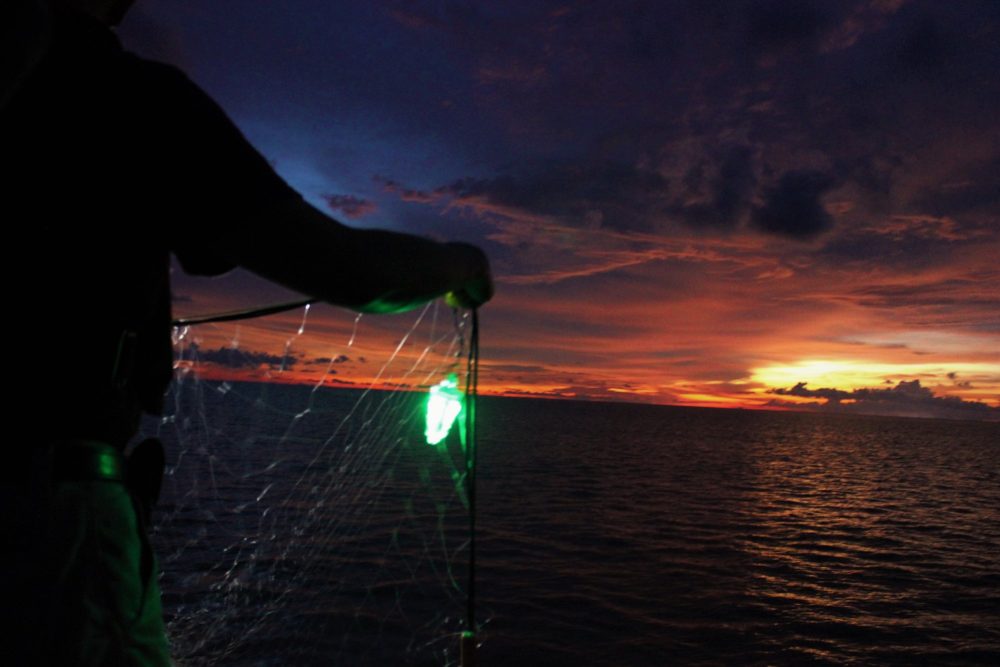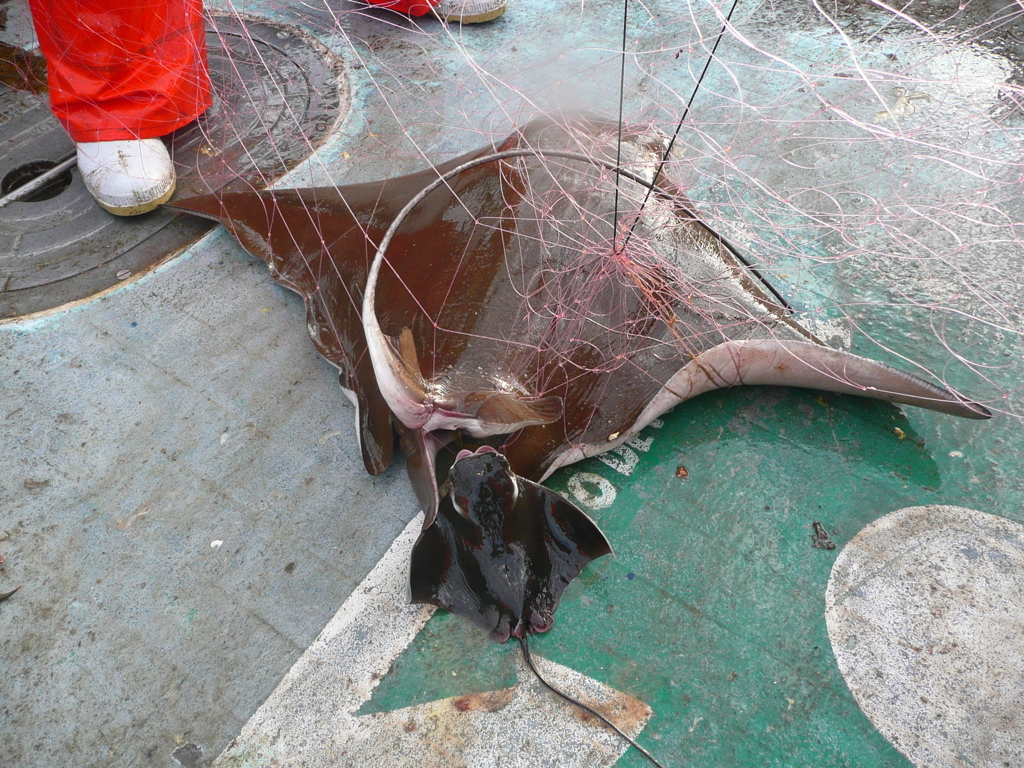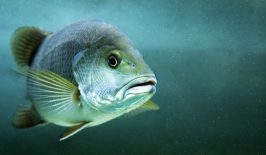Commercial fishing operations often take an all-or-nothing approach to their work. The economic imperatives of these businesses means trawlers must return with their hulls full of fish for the expedition to be worthwhile. To maximise the chances of this outcome, fairly indiscriminate methods are used to catch their valuable prey, such as sea-bed trawling, long-lining and gillnets.
However, this approach also results in huge amounts of bycatch – non-target fish and other sea creatures which are also caught up in the nets. With no commercial value, this bycatch needs to be untangled and thrown overboard. By the time this has happened, most bycatch is dead or injured. According to some estimates as much as 40 percent of all fish caught is bycatch, and in some cases trawlers may in fact catch more bycatch than their target fish.
This of course is a huge problem for oceanic biodiversity. Many of those sea creatures caught up inadvertently in gillnets are also endangered and threatened species, such turtles, sharks, rays and marine mammals. Even seabirds are not safe from large gillnets. But large amounts of bycatch is also an issue for the fisheries themselves. Time and money is wasted discarding bycatch and generally speaking, trawler owners are eager to reduce its occurrence.
For years, conservationists have experimented with different methods to ward off bycatch from dangerous nets. Fixing small lights to nets has long been used on a sporadic basis but there has been no verifiable study into the practical conservation and commercial impact of these more expensive nets. That is until now.
Researchers at the Arizona State University, Wildlife Conservation Society, National Fisheries and Aquaculture Institute of Mexico and the NOAA Fisheries have published an in depth study looking at how simple LED lights can reduce bycatch. To test the approach, they attached small green LED lights every 10 metres on gillnets used by local fishers along the Pacific coast of Baja California Sur in Mexico. A control group of trawlers without lights were also monitored to provide the basis of comparison. They were surprised to discover such a simple technological solution also entirely reduced the accidental capture of certain endangered animals.
Their results, released in Current Biology, suggest that overall bycatch can be reduced by 63 percent if lighted gillnets are used. For several animal species the impact is even greater, lighted gillnets reduced the capture of sharks, skates and rays by 95 percent and Humboldt squid by 81 percent.
A Bright Idea for Fishers?
Importantly, they also looked at the commercial implications of these more expensive nets. For such devices to be adopted by fishing trawlers, they also need to be proven to be economical. Profit margins for many trawlers are already slim enough, while nets are frequently damaged and lost, meaning more expensive ones are usually not all that attractive to captains and fisheries. The lights used by the study costed around 7-9 USD each, a sum that would likely place the technology outside the budget of some fishers in the Global South. However, cheaper lights, around 1.5 USD each are available. Another issue is the reoccurring cost of batteries, although the team is experimenting with solar powered versions to remove this dependency.
However, the study found LED-lighted gillnets can in fact improve fishing performance. The catch rates and market value of targeted fish were maintained, while the nets also had other benefits. The lights eased the disentanglement and retrieval of nets, reducing the time needed for this by 57 percent. Add in the fact the trawler crew also need to remove less bycatch – a sometimes dangerous and tricky job – and fishers can now save over an hour of what was previously unprofitable work. Overall, the use of such nets could greatly improve the efficiency of their operations.
Hoyt Peckham, a co-author on the study and Director of Small-scale Fisheries at the Wildlife Conservation Society explained that everyone can benefit from a conservation solution that goes hand-in-hand with an economical one:
“Gillnets are ubiquitous because they are inexpensive and catch everything that passes them. This work is exciting because it provides a practical solution increasing gillnets’ selectivity and avoiding their bycatch. Emerging technologies should help us incorporate this kind of lighting into gillnet materials so that adopting this solution will become a no-brainer for fishers.”
Previously, RESET has also covered other inexpensive solutions to reducing bycatch. One such such approach was using ‘pingers’ – devices attached to nets that released frequent high-frequency sound waves.









